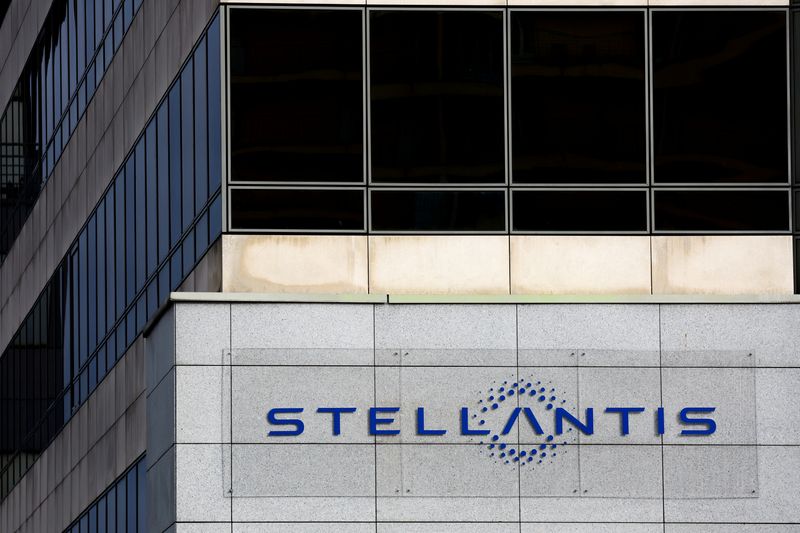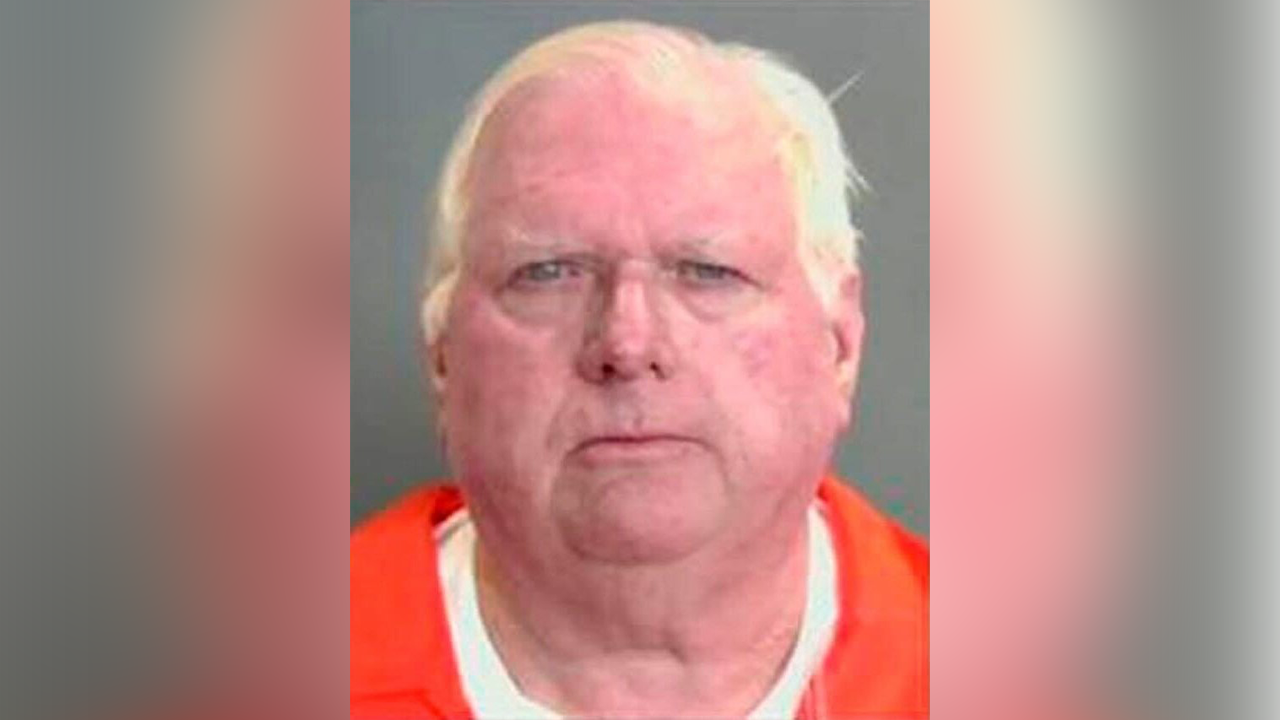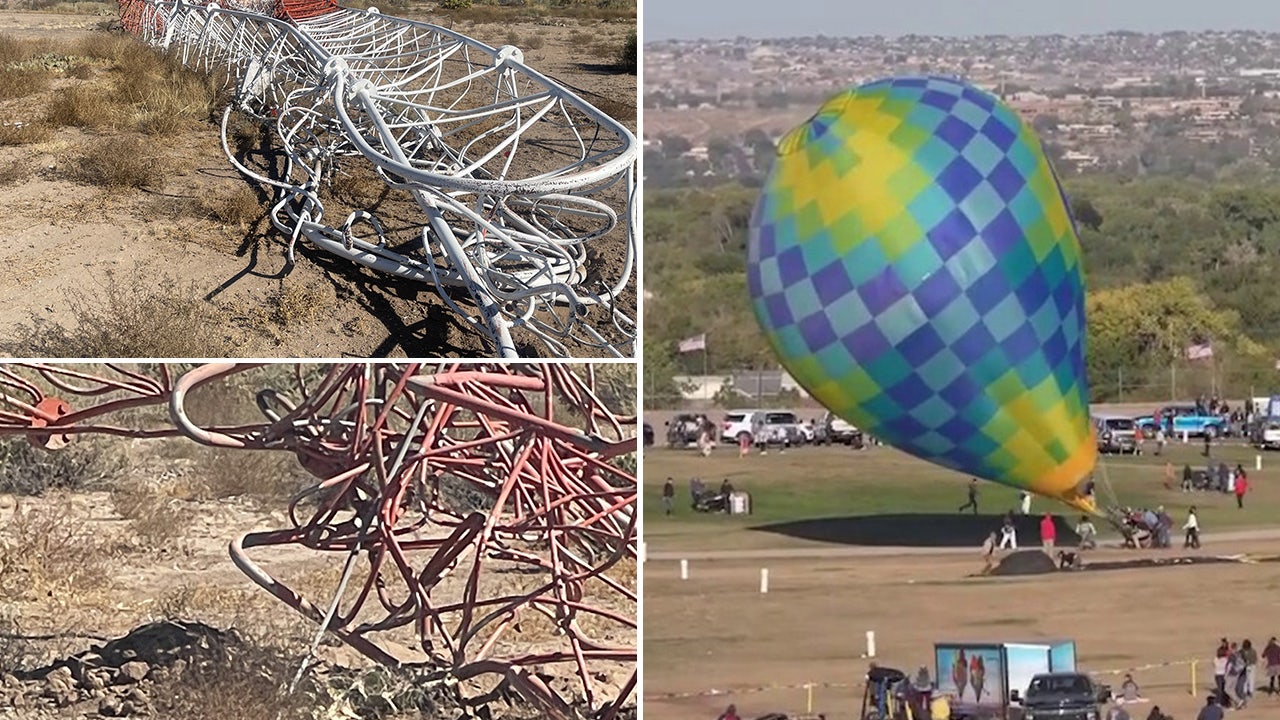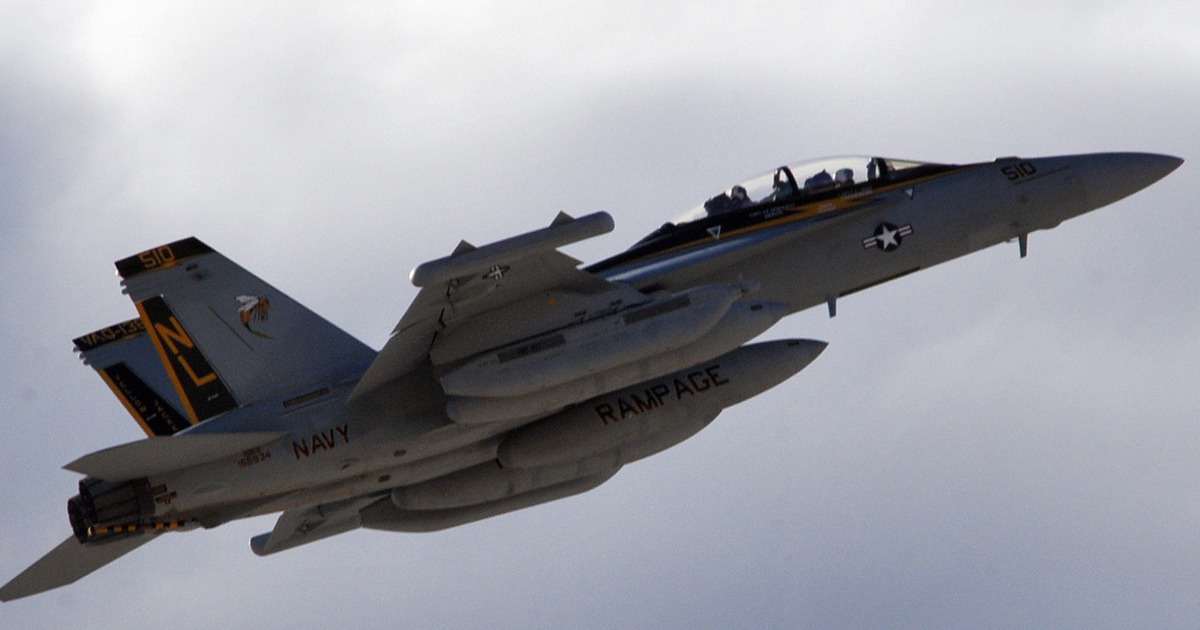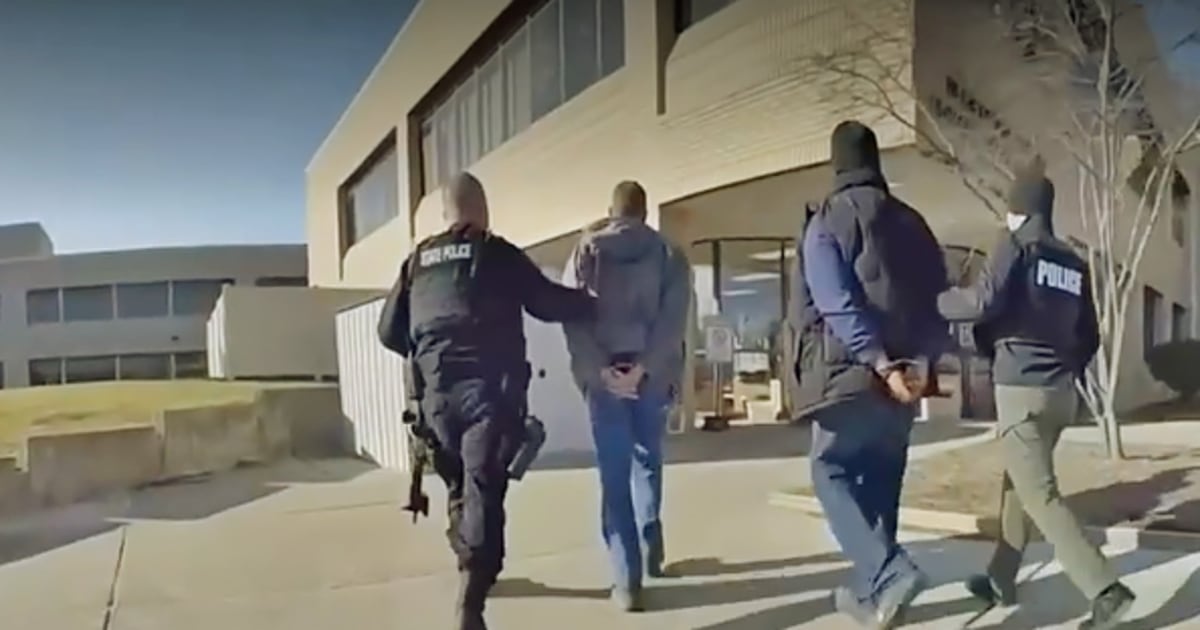A neglected corner of Hell’s Kitchen has finally cleaned up its act.
Pier 97, the latest extension of Hudson River Park in Hell’s Kitchen, opened to the public Tuesday at the site of what was once a gritty maritime port that housed city sanitation trucks and crumbling warehouses.
The pier’s midcentury shoddiness — immortalized in the opening credits of Martin Scorsese’s 1976 film “Taxi Driver” — is a far cry from the colorful new playground, athletic field and sunset deck with bistro tables it now harbors.
“This is the pier that the local community, the Hell’s Kitchen community, has really been craving for a long time,” Noreen Doyle, president and CEO of the Hudson River Park Trust that manages the site, told The Post. “It’s also the pier that helps stitch together the park with the Upper West Side.”
The $47.5 million project – funded mostly by New York State’s capital budget with supplemental funds from a transfer of development rights sale – spans 2.5 acres of open space with walking promenades, a sloping lawn, 16,000-square feet of flowers and plants and an “all-ages” granite slide.
An adjacent building with restrooms, a concession stand and a maintenance area is expected to open this winter, according to a spokesperson for the Hudson River Park Trust.
A grant for bicycle and pedestrian paths between West 57th Street and West 59th Street is also in the works, which, if approved, would link the pier to the Empire State Trail between Pier 97 and Riverside Park South.
The new park on 12th Avenue and 57th Street comes comes 30 years in the making as the Hudson River Park Trust slowly revamps decrepit piers over its 4-mile park stretch – and after pandemic-related delays pushed off Pier 97’s anticipated 2022 opening, Doyle said.
It wasn’t until 2011 that the city’s Department of Sanitation halted using the pier due to litigation from Friends of Hudson River Park, which forced the city to comply with a 1998 law that mandated the space be used for recreation.
During a ribbon-cutting ceremony at the pier Tuesday, Manhattan Borough President Mark Levine called the pier a “critical missing piece” of green space in the middle of Manhattan that “tells the whole history of New York City’s relationship with the waterfront.”
After Swedish America Lines dropped off thousands of immigrants in the city from the pier nearly a century ago, it fell into disrepair in the 70s and 80s. The pier was finally championed in the 2010s as a place to “transform” the relationship between, and serve as a gateway to, lower and upper Manhattan.
Doyle said that while there’s “always a call for more green space,” New Yorkers began realizing the value of outdoor space in the aftermath of the COVID-19 pandemic, when locals relied on public spaces like parks to gather outside.
“We think it’s fantastic,” Helena Durst, a 47-year-old Hell’s Kitchen resident who brought her 8-year-old son Seymour to the park’s opening, said of the new playground – which also touts water spray features, a 26-foot-high rope climbing structure and a ship’s hull.
“There’s so few playgrounds in the area,” she added. “Especially given all the new buildings that have come up in the past 10 years, it’s really great to have this [space].”
Council Member Gale Brewer said there are future plans to revamp similar waterfront spaces on the west side.
“There are not enough open spaces,” she said. “We’re going to continue the discussion about Pier 76 and Pier 40 and other piers.”
Brewer noted that the piers will not only provide open space for Manhattanites eager for respite, but also revenue “desperately” needed for the parks to sustain themselves – which could be provided through concessions, leases, parking and more.
“If we had enough money in the world, all parks would look like this,” she added.
Read the full article here




